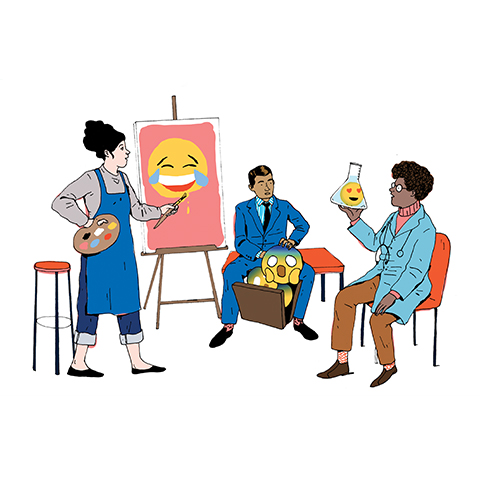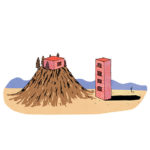
Some members decided to hold the first conference this summer on what it takes to raise, process, and cook with humanely raised meat.
Organizers purposefully kept Slow Meat 2014 intimate, hand-picking 100 invitees who were evenly divided between ‘those who had already drunk the Kool-Aid,’ said Slow Food USA board member Matt Jones, and producers and meat processors from more mainstream parts of the meat industry.
GREEN ALL AROUND
Slow Food USA is rich with idealism and creativity, but not necessarily meeting-planning skills. “We didn’t have a great deal of prowess in event planning,” admitted Slow Food USA’s Matt Jones. But almost from the beginning, they were certain about their venue choice for Slow Meat 2014: the Auraria Higher Education Center (AHEC) in downtown Denver, Jones’ hometown, whose campus includes three universities and a Gold LEED–certified SpringHill Suites Marriott — complete with The Marriott Foundation Conference & Learning Center’s culinary teaching facility, ideal for the demos and tastings that were integral to the experience.
IN THE FLESH
Participants were invited on local ranch tours the day before the conference began, which started the event off on the right note. On opening day, after delegates heard Zimbabwean biologist and grazing advocate Allan Savory deliver the keynote speech, they headed across a hall to watch a grass-fed, Colorado-raised bison systematically and “theatrically” butchered. “The snout-to-tail concept is one of the things what we wanted to embrace coming out of the conference,” Jones said. “It just sort of set the stage. It was like, ‘This is slow meat we’re talking about, and this meat is from a great, big, beautiful American animal, raised on nothing but Colorado water and grass. Now let’s all have a cocktail.’” Half of the bison cuts were donated to Project Angel Heart, a Denver charity that provides meals to people with life-threatening illnesses.
APPEALING TO THE SENSES
In addition to breakout sessions on food safety and animal welfare, as well as curing and processing meat, organizers built in informal networking sessions so that delegates could discuss the central ideas of the event. They also offered tastings of artisanal meats and charcuterie from around the country: salami from Vermont, cured ham from North Carolina, and Jones’ personal favorite, grilled pig hearts.
For a first go-round, Jones was satisfied that there were no “horrible faux-pas. Whatever small glitches there were, I don’t think anybody noticed.” Slow Meat 2015 is already in the works, and will become a larger animal — open to both exhibitors and the public.
Slow Meat 2014
June 20–22, 2014
Auraria Higher Education Center, Denver
Attendees: 110




